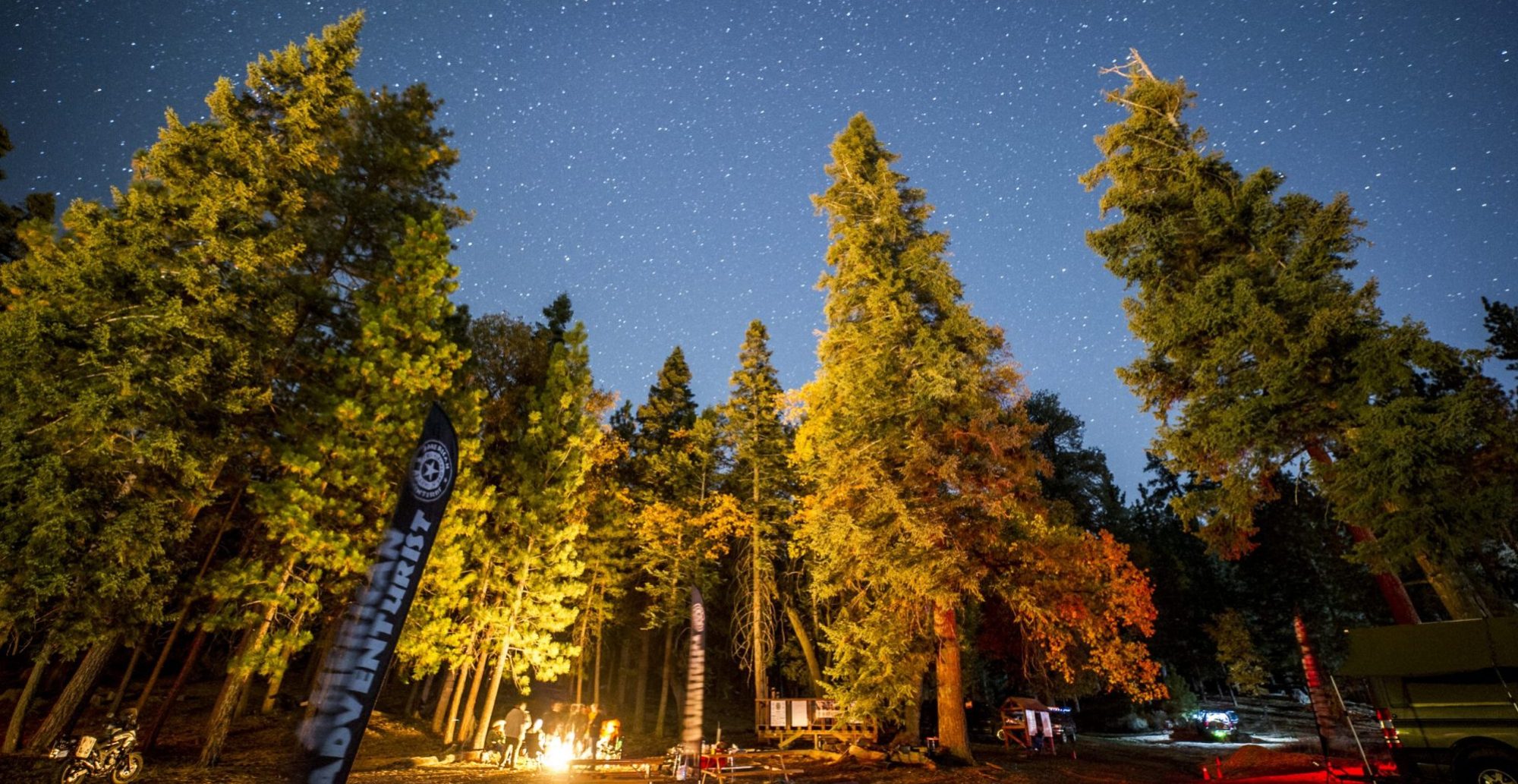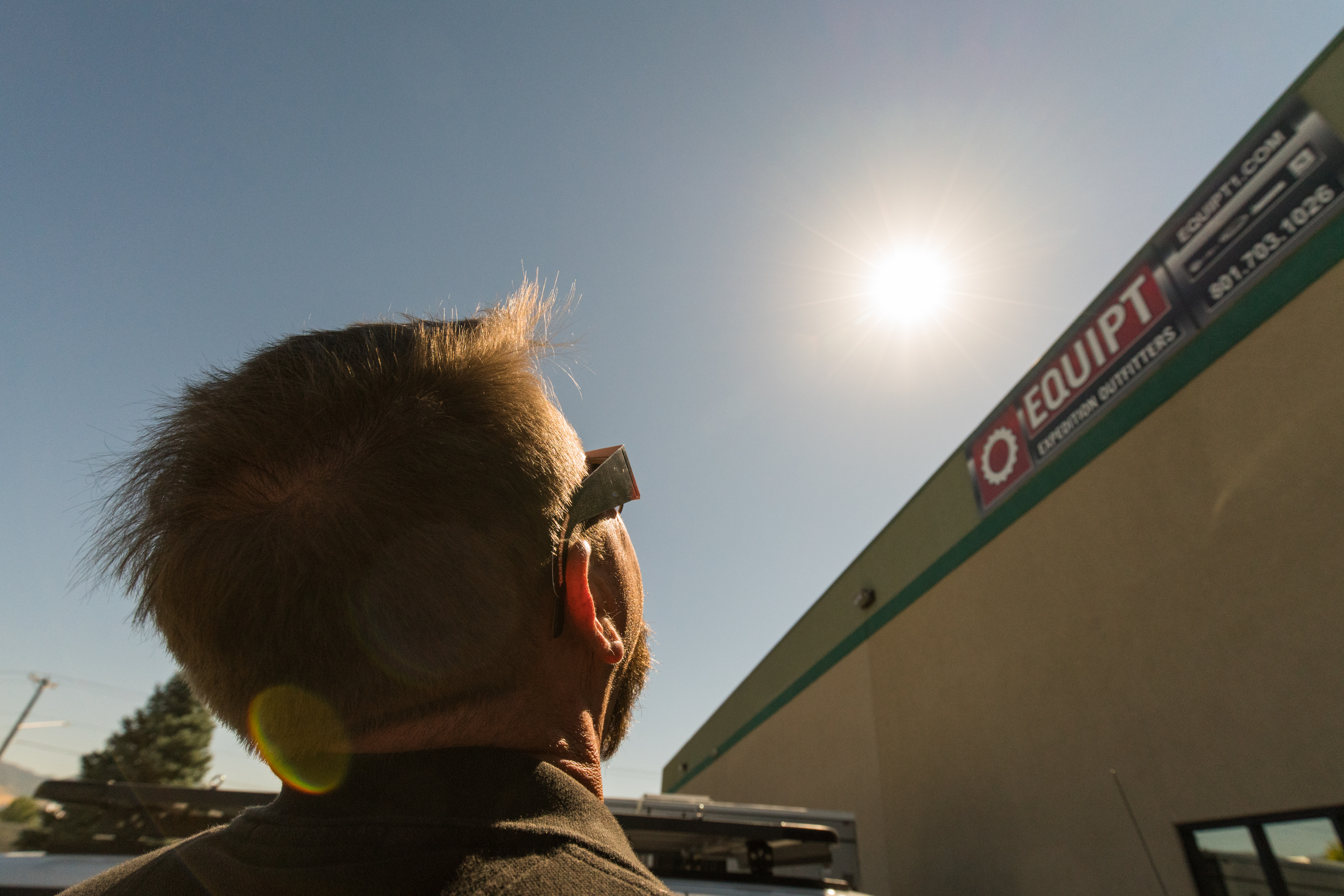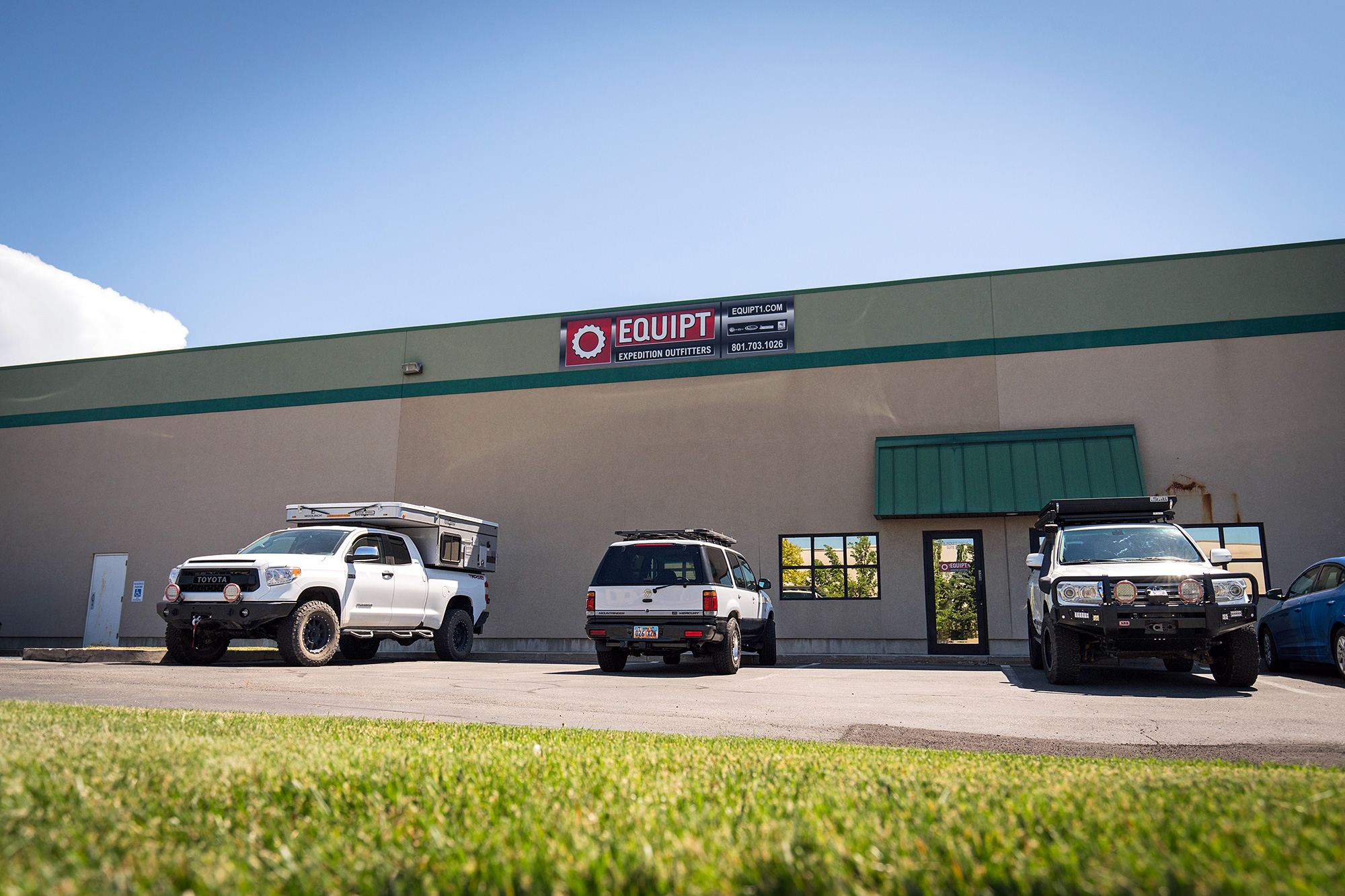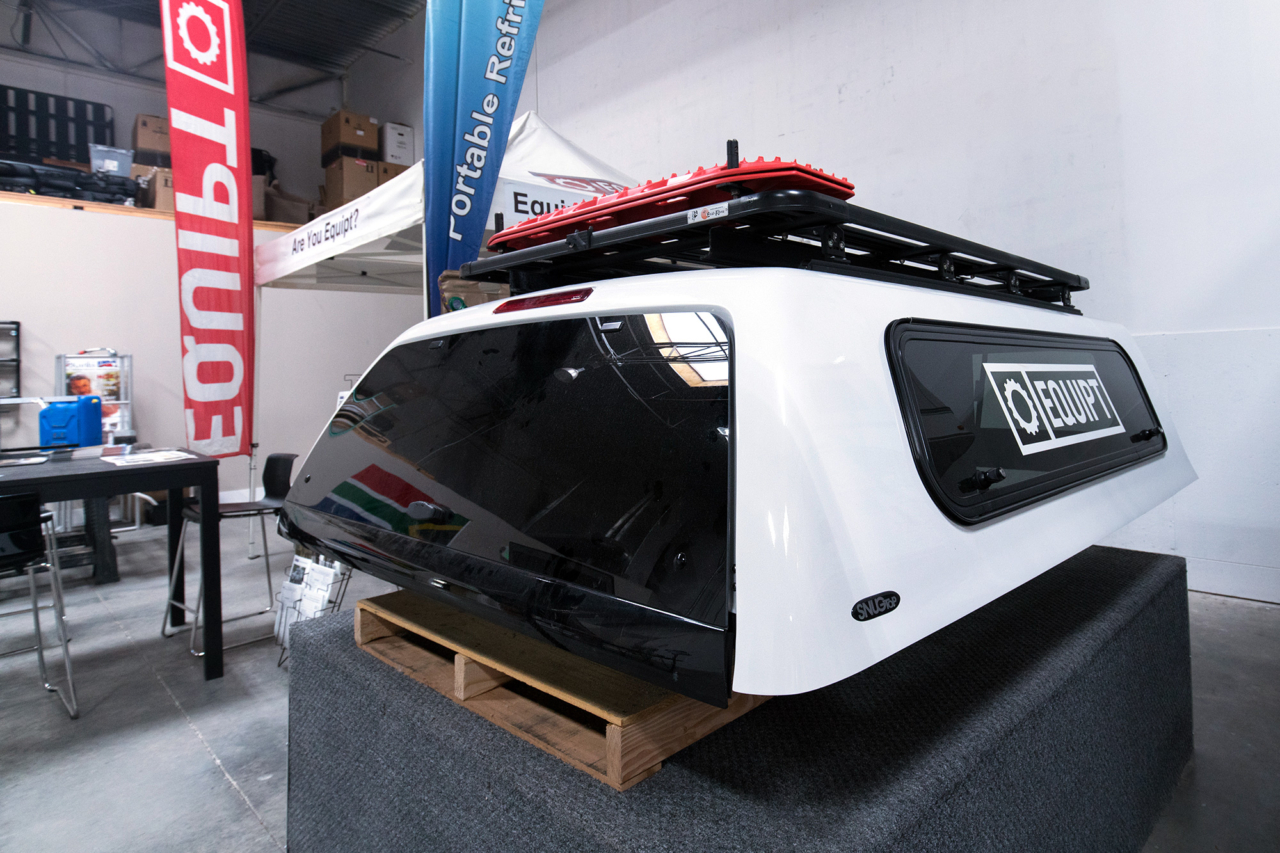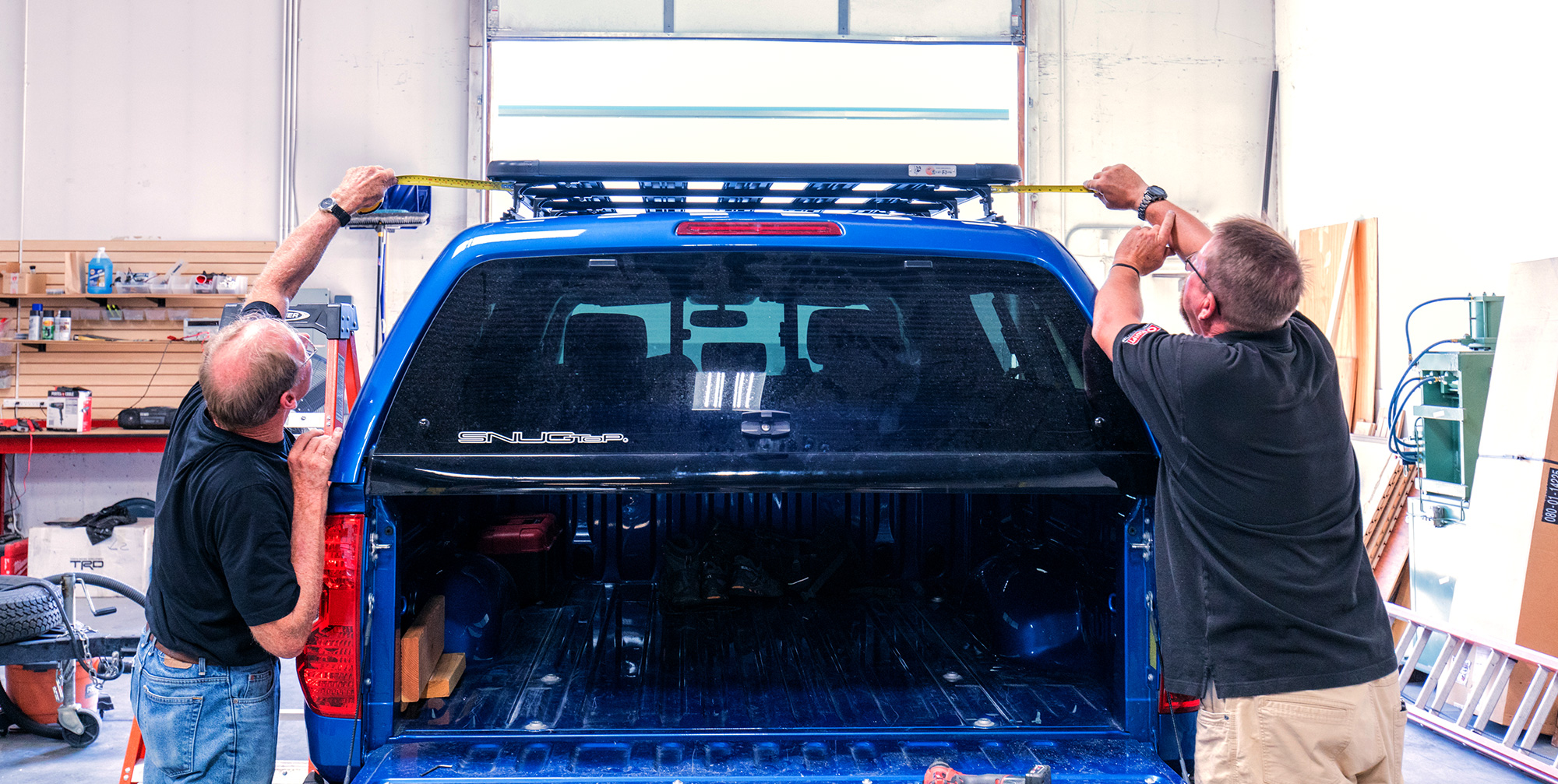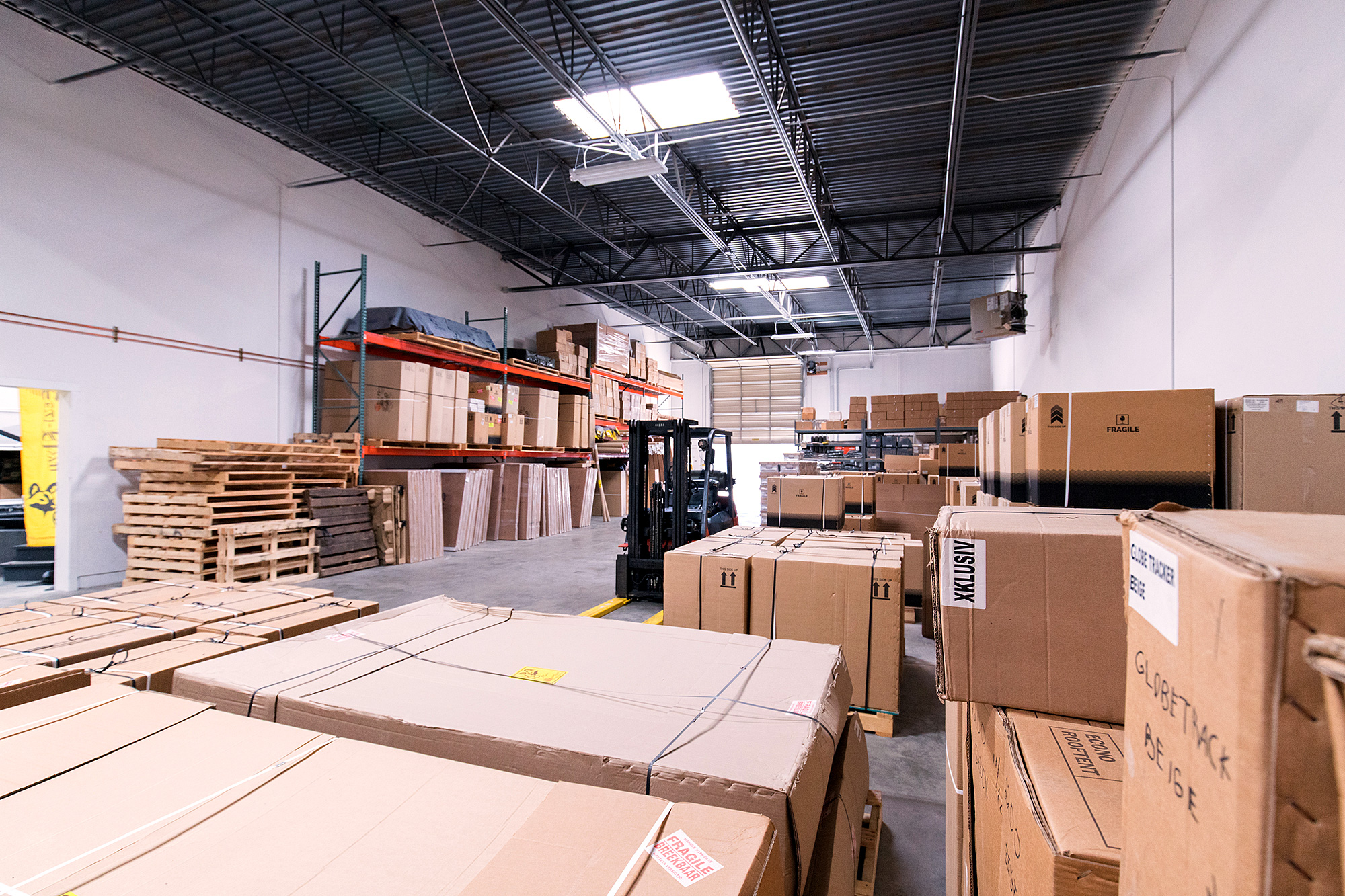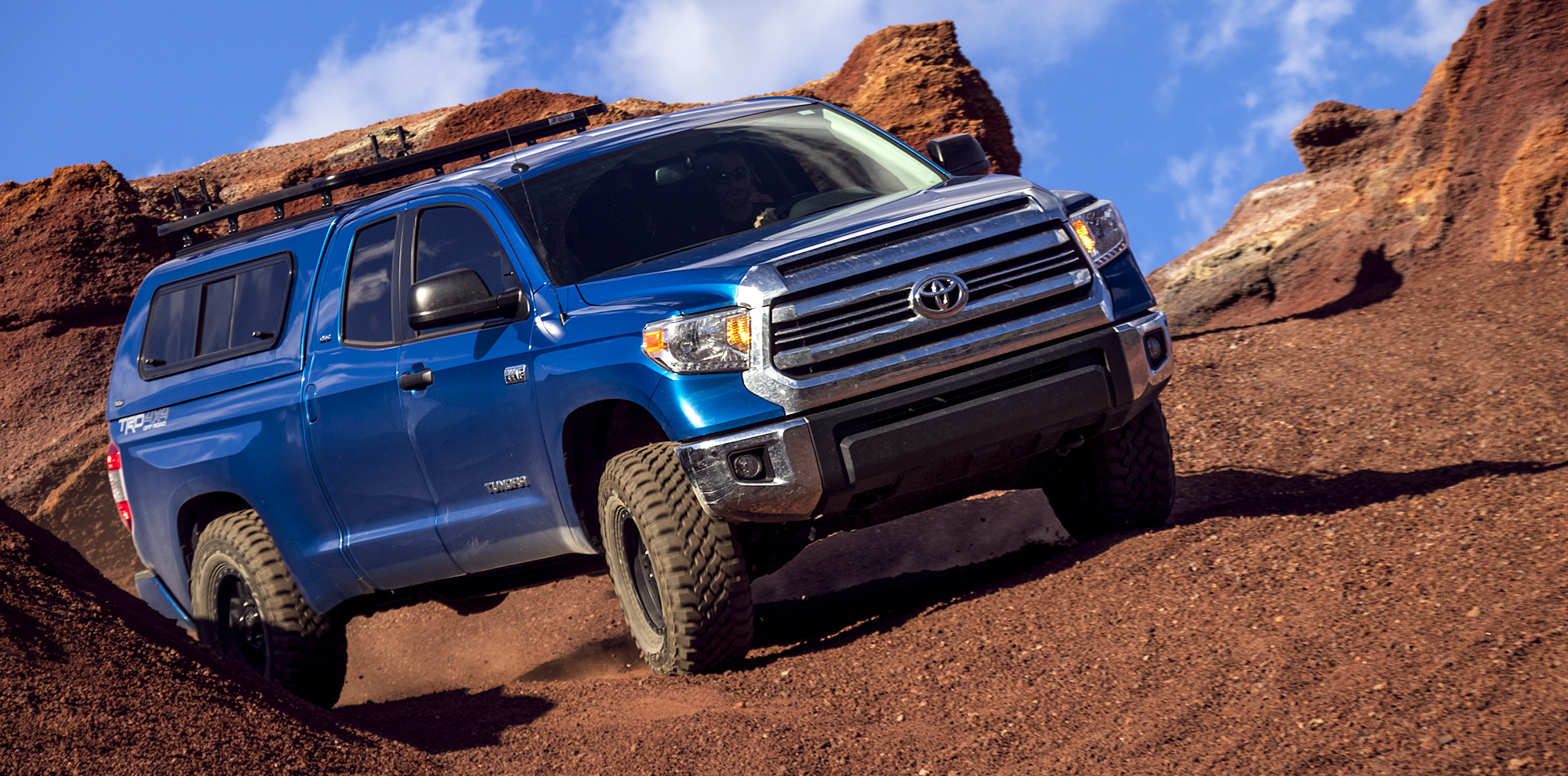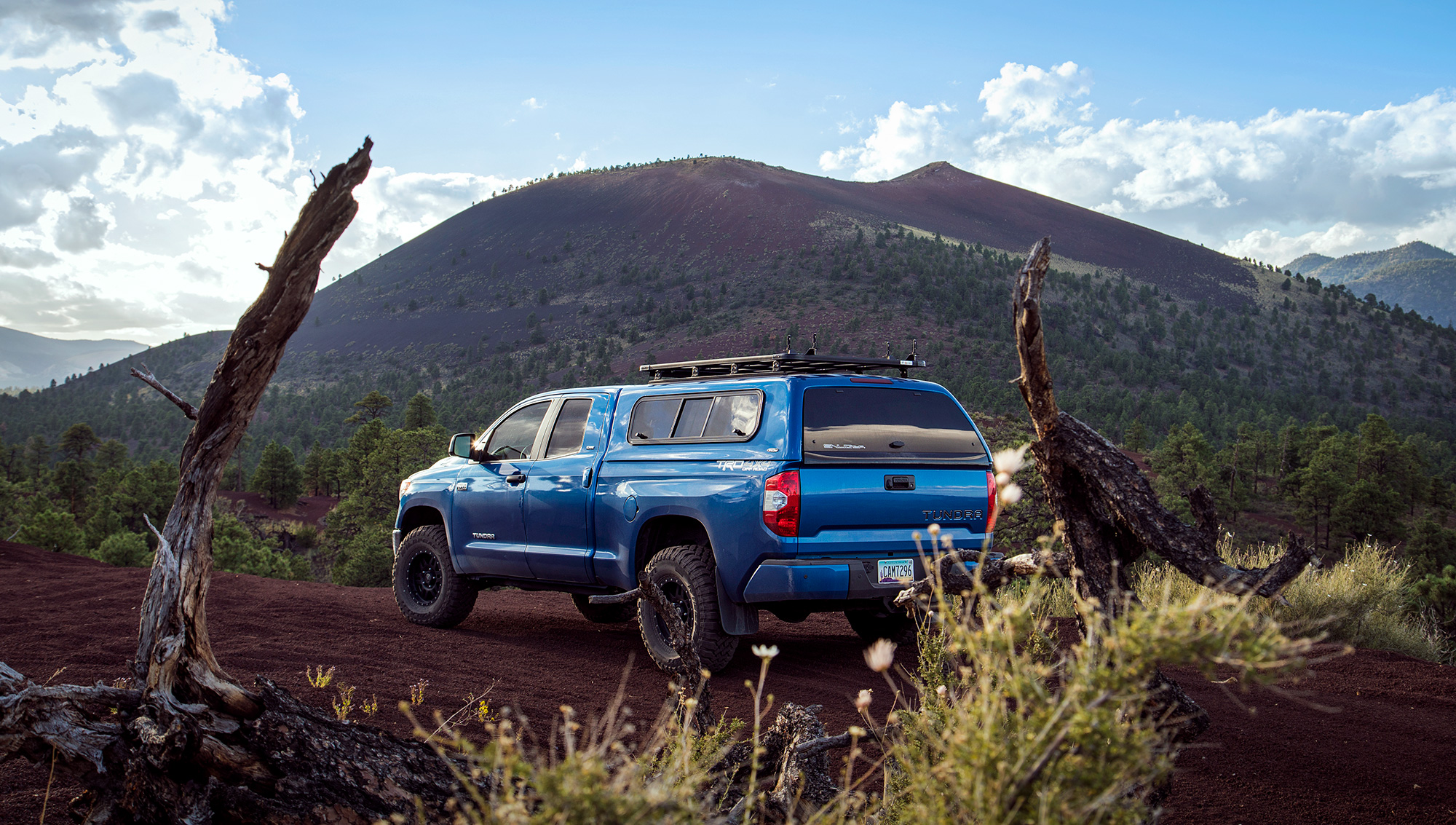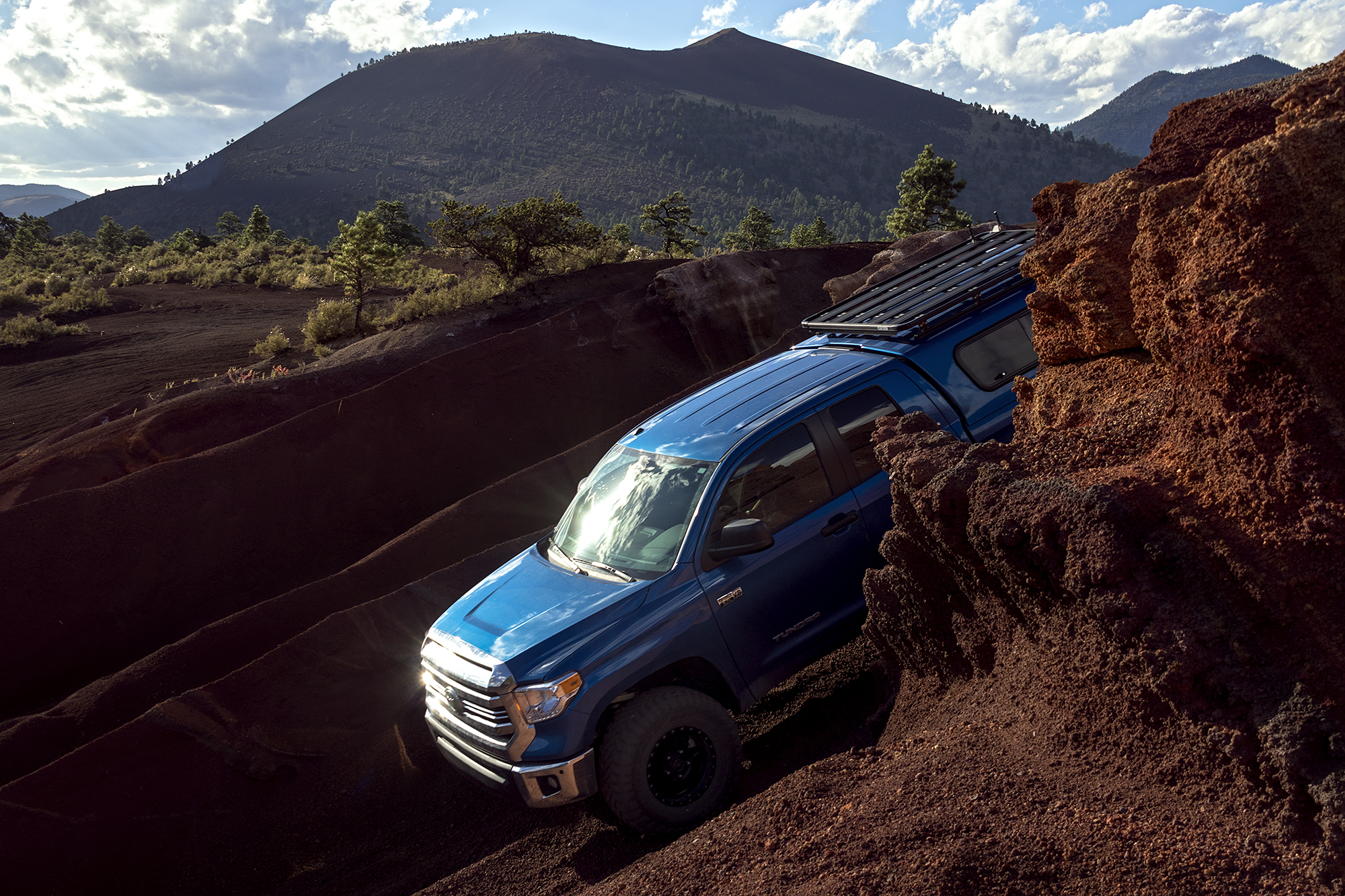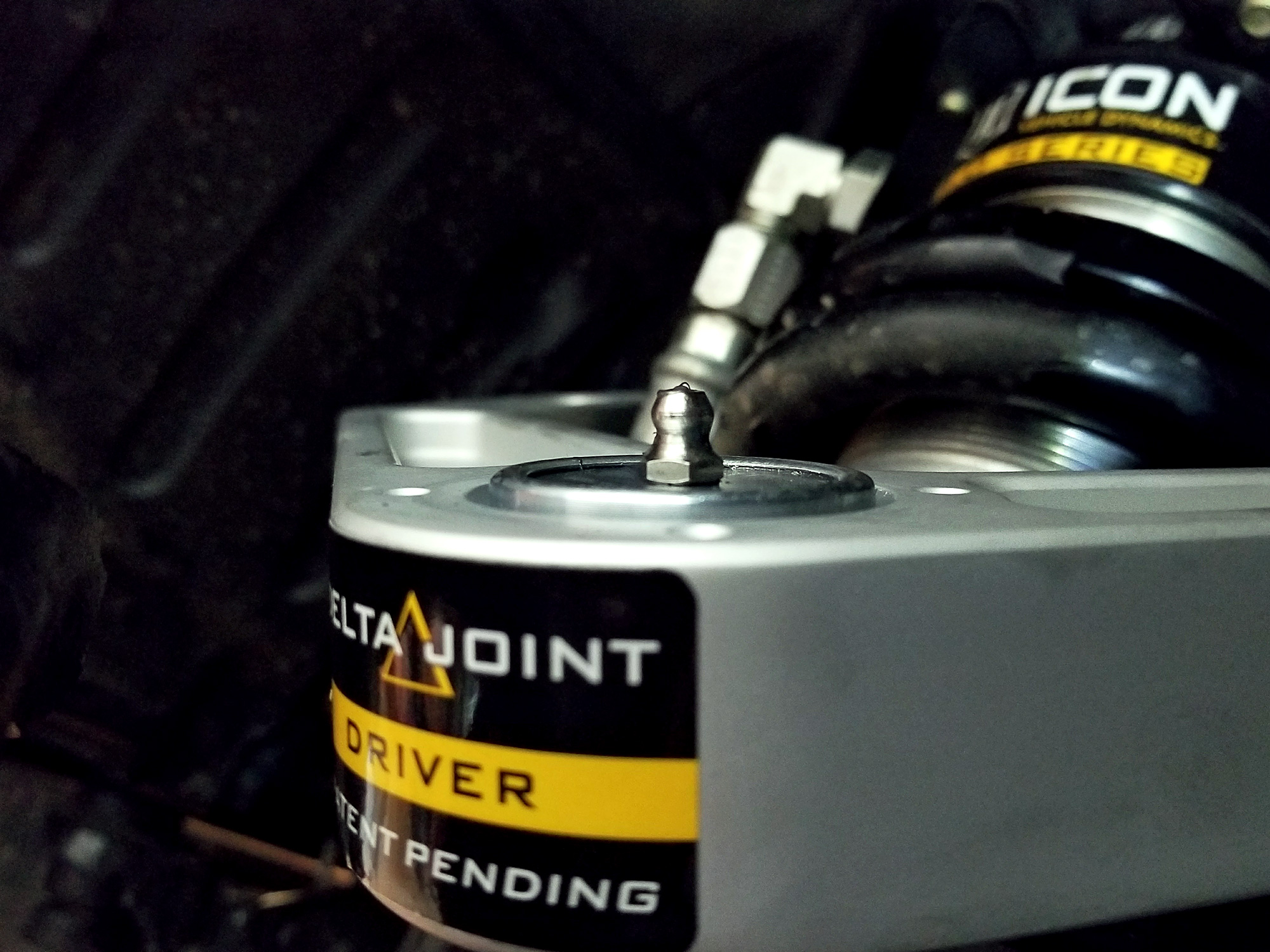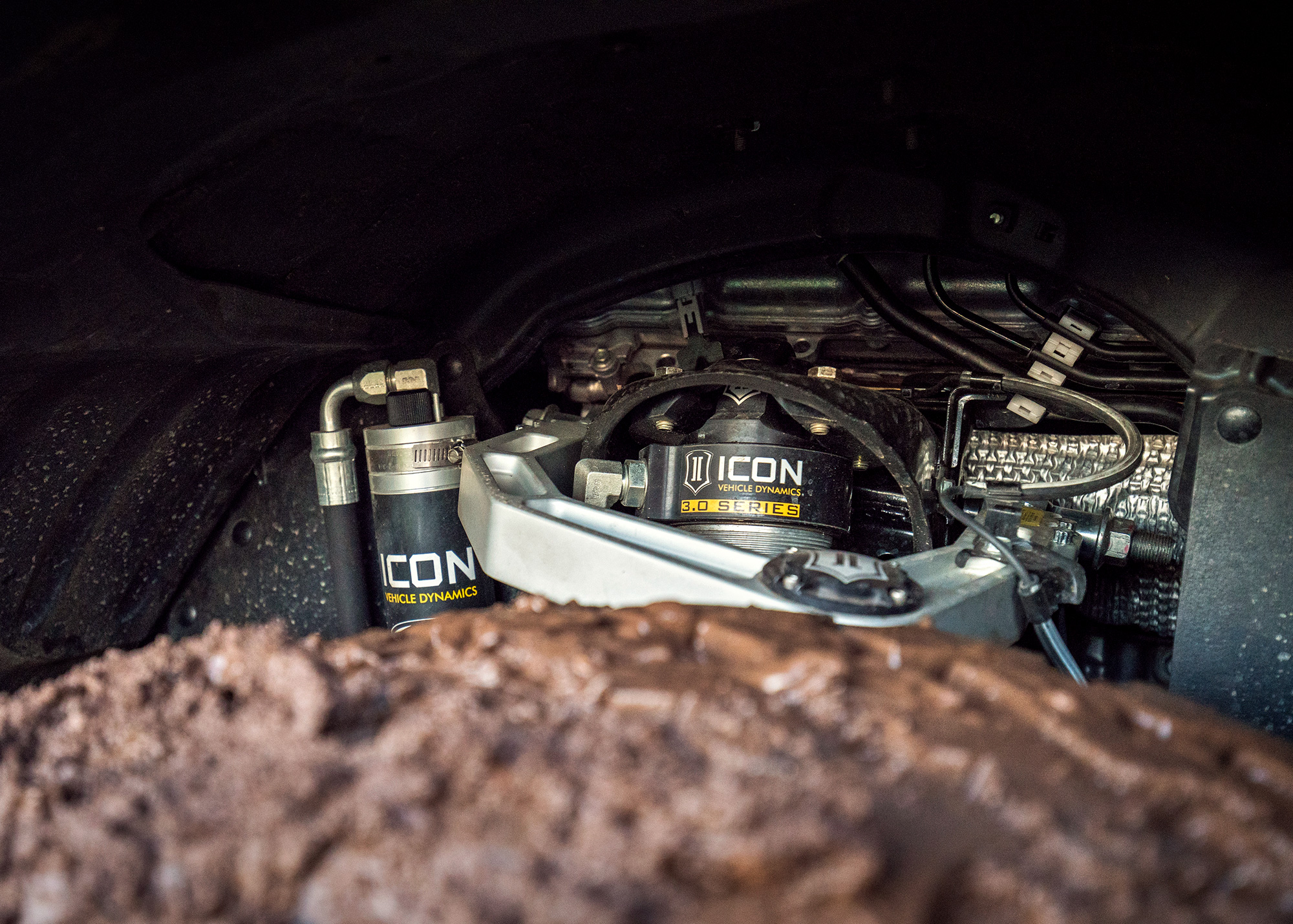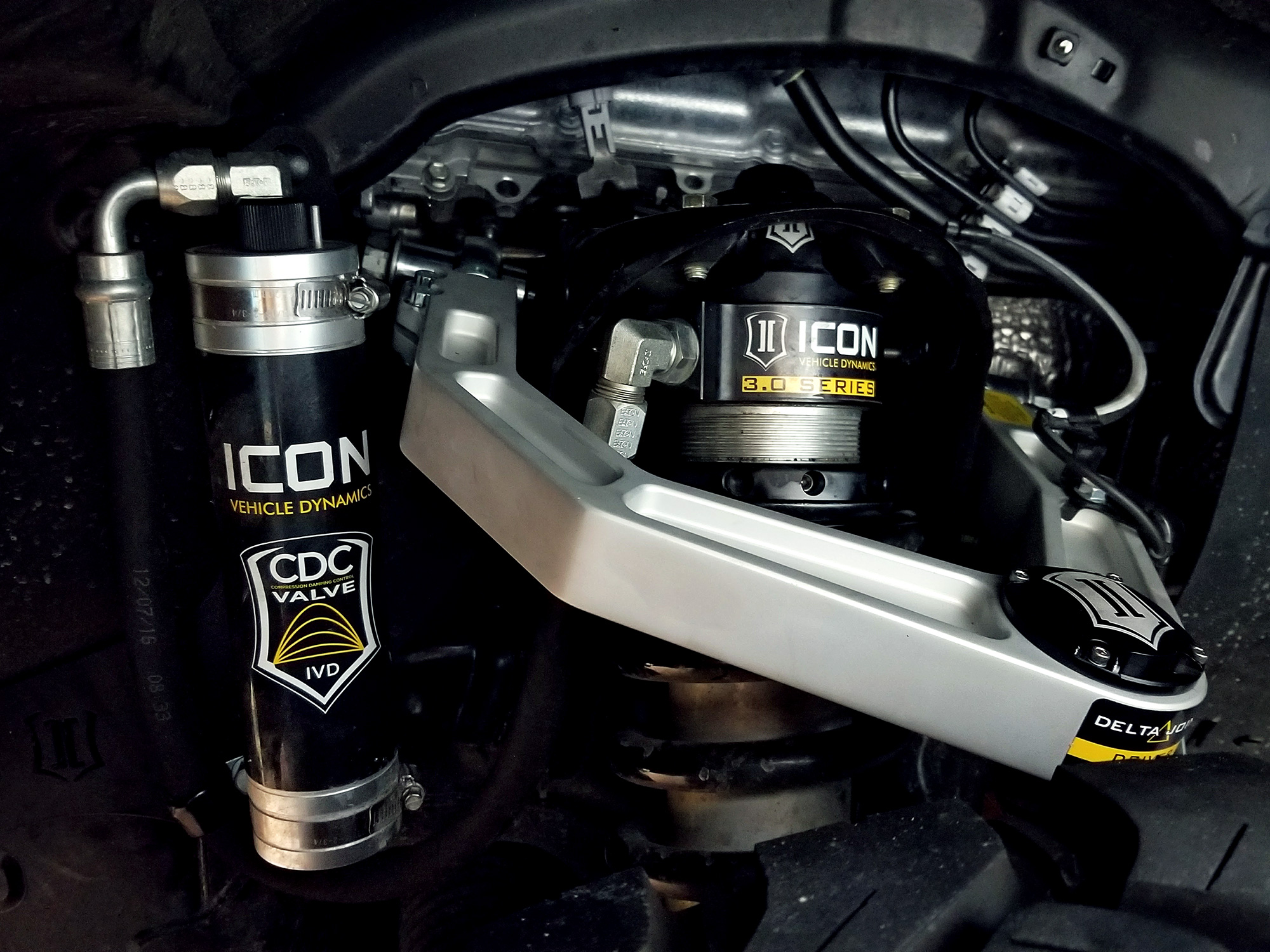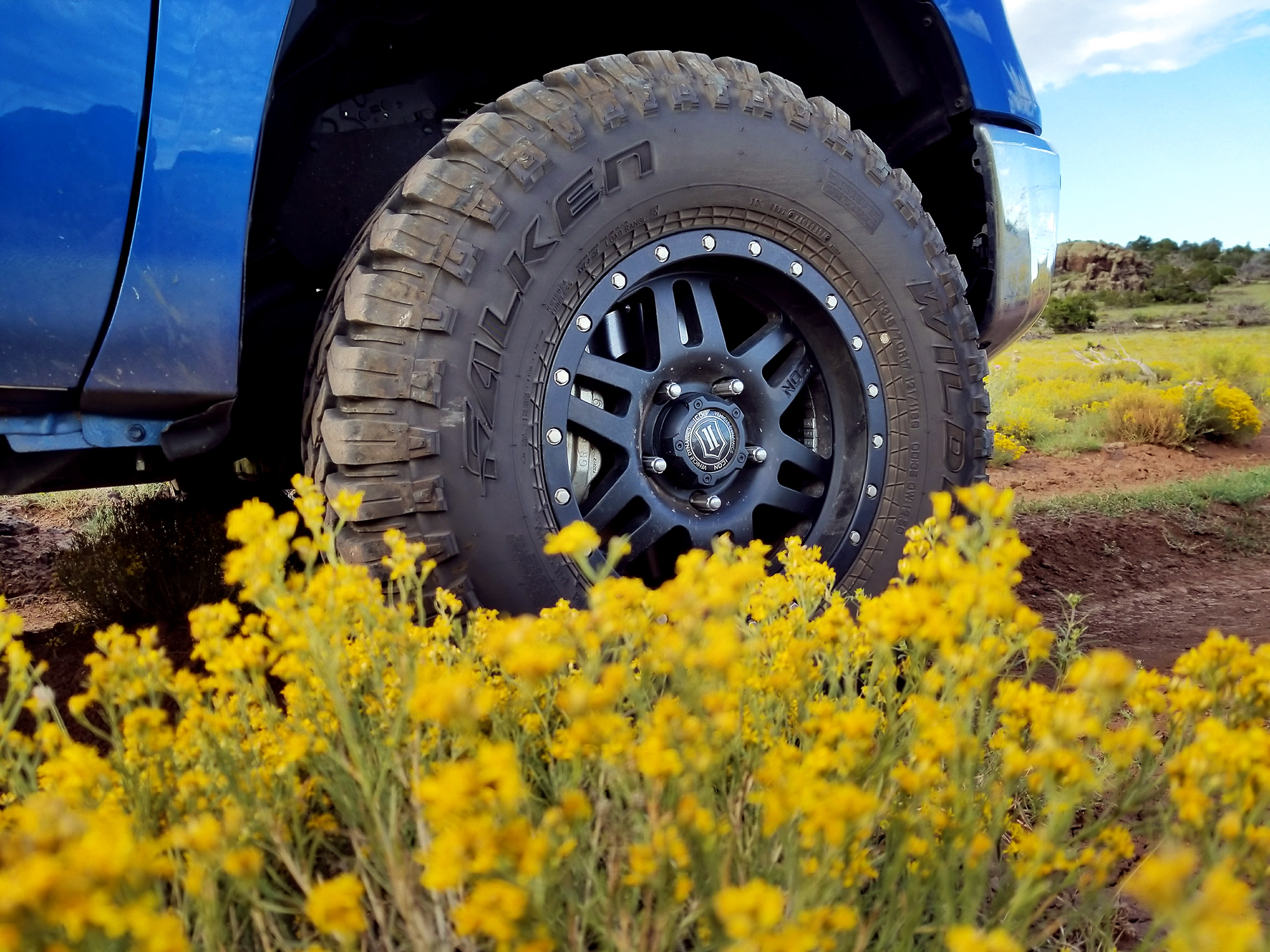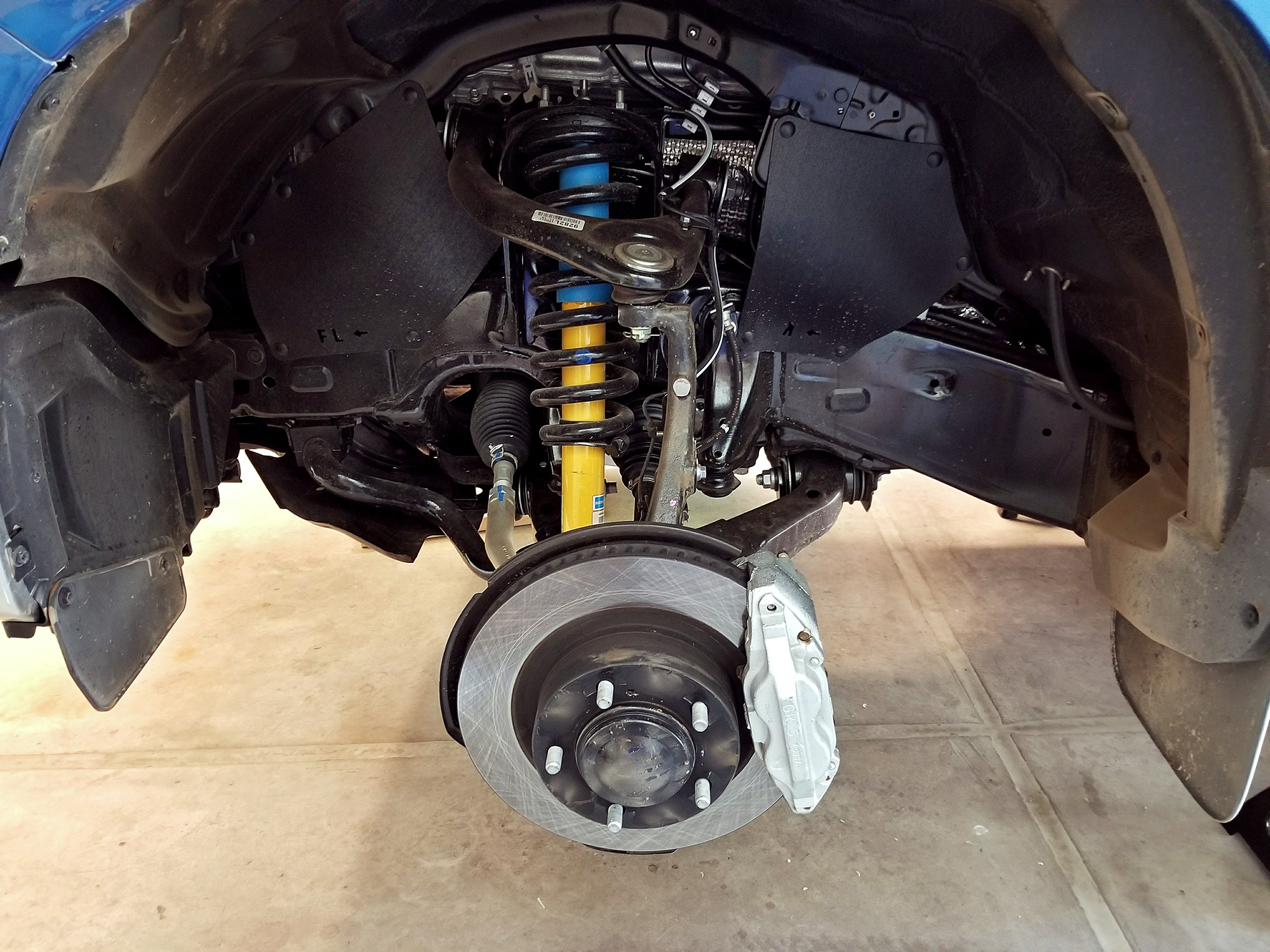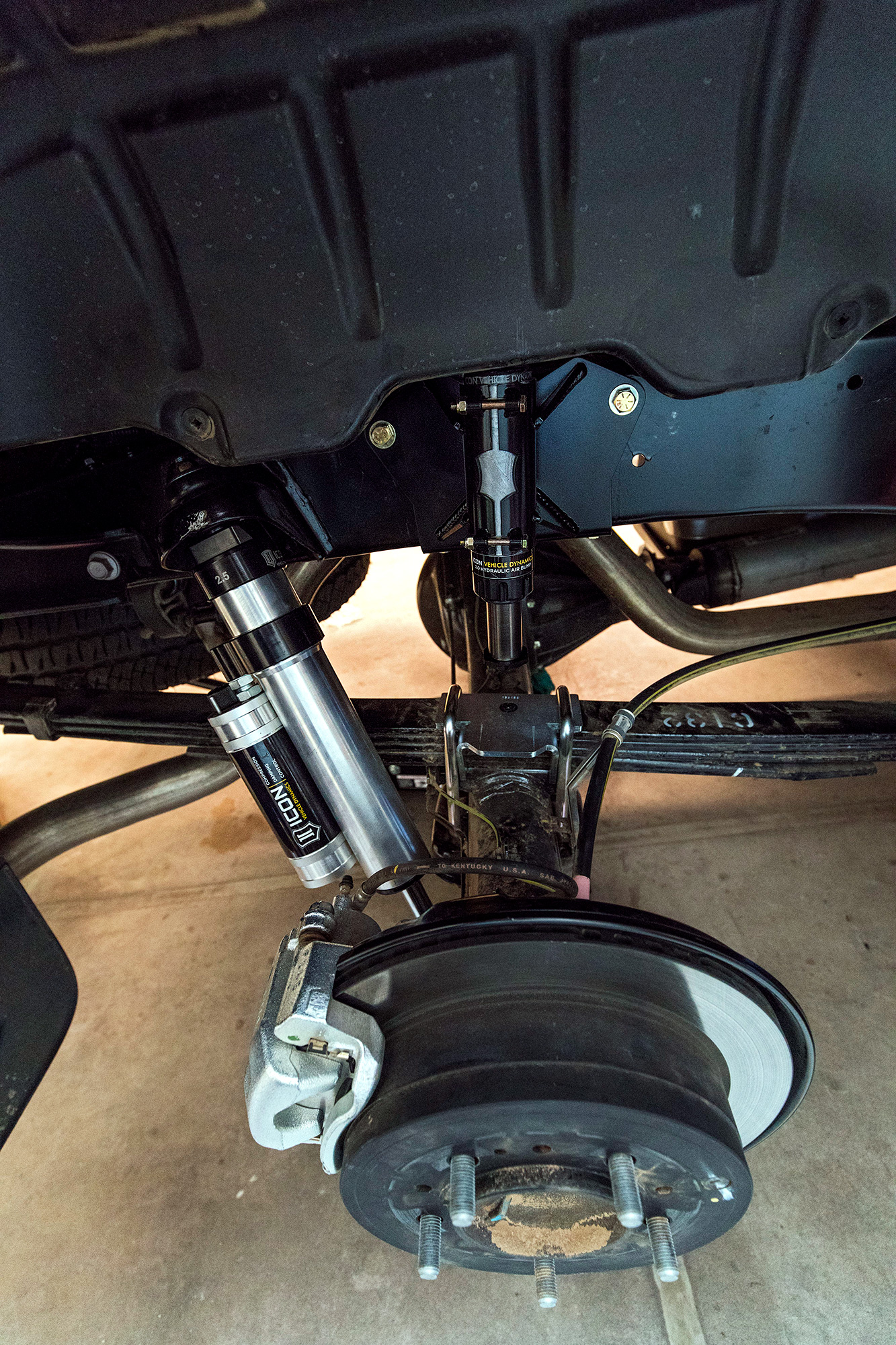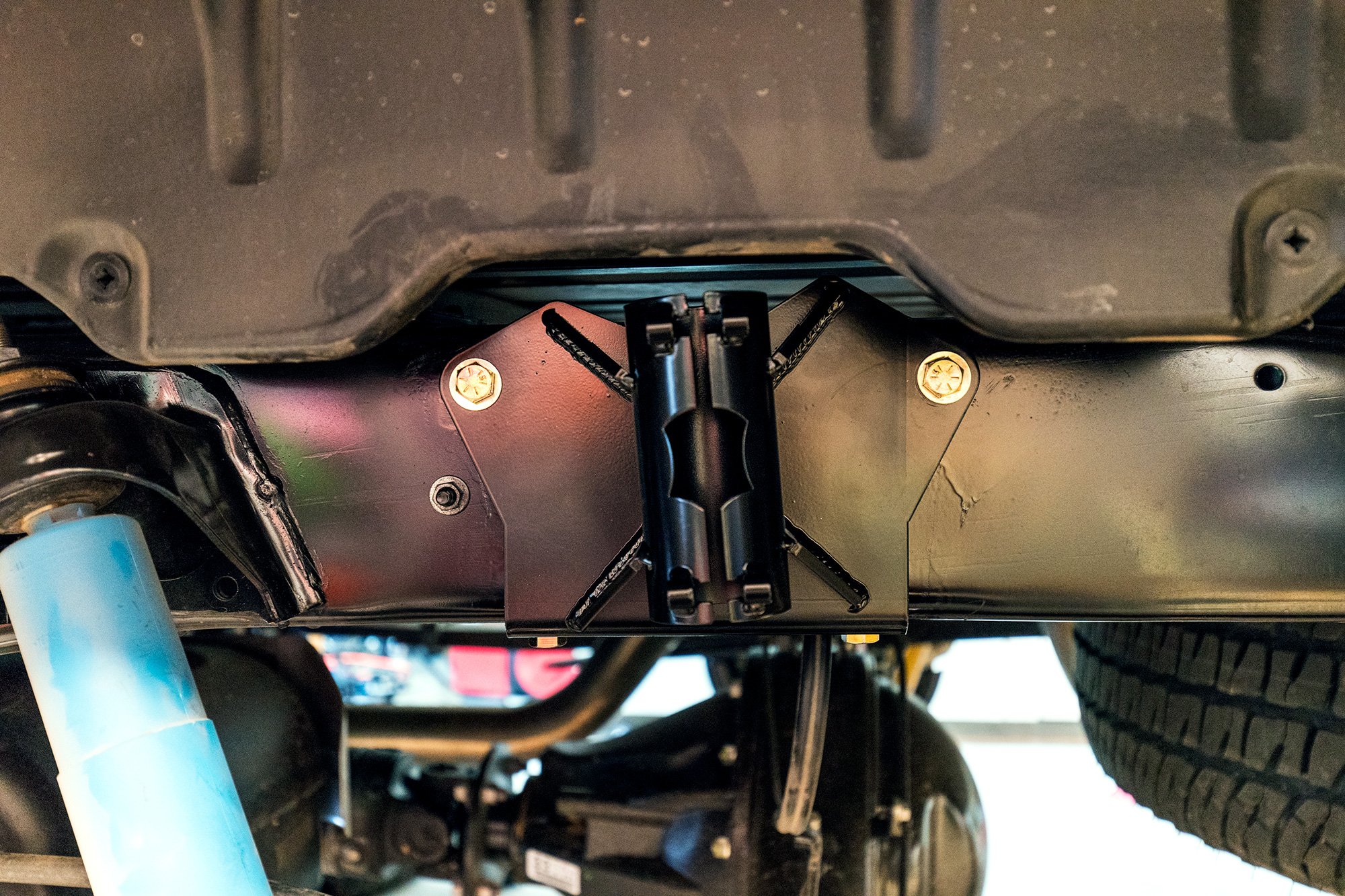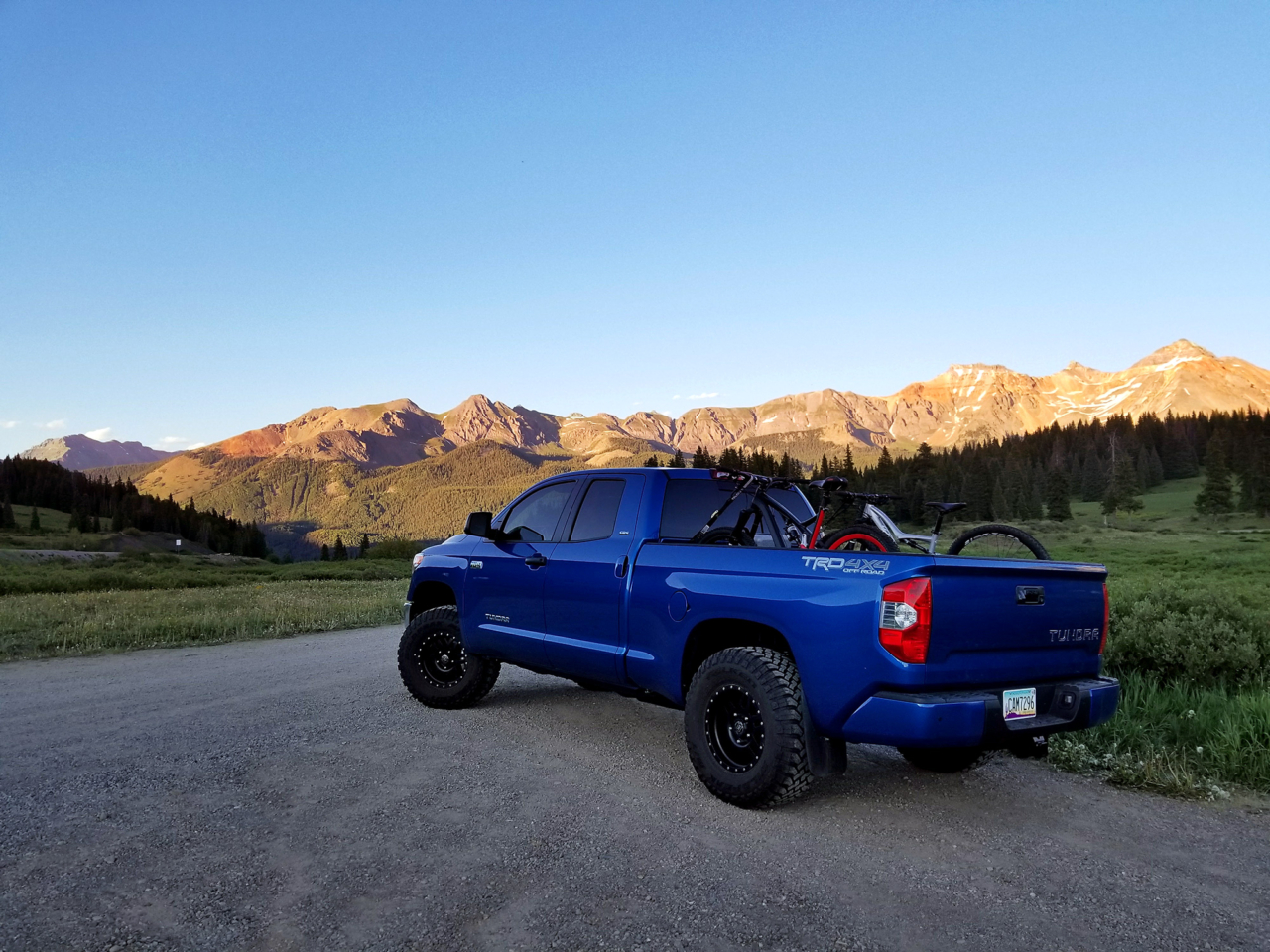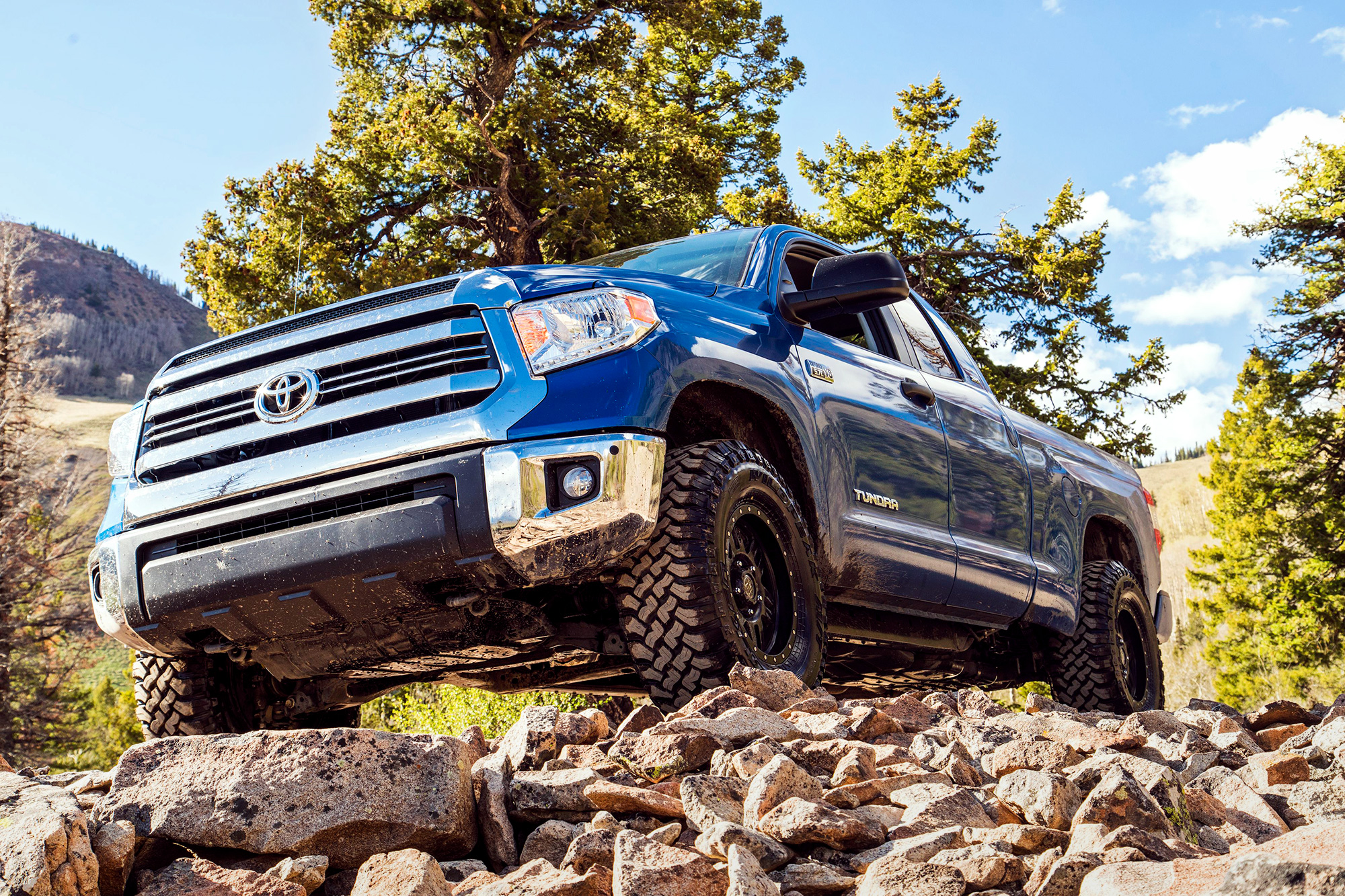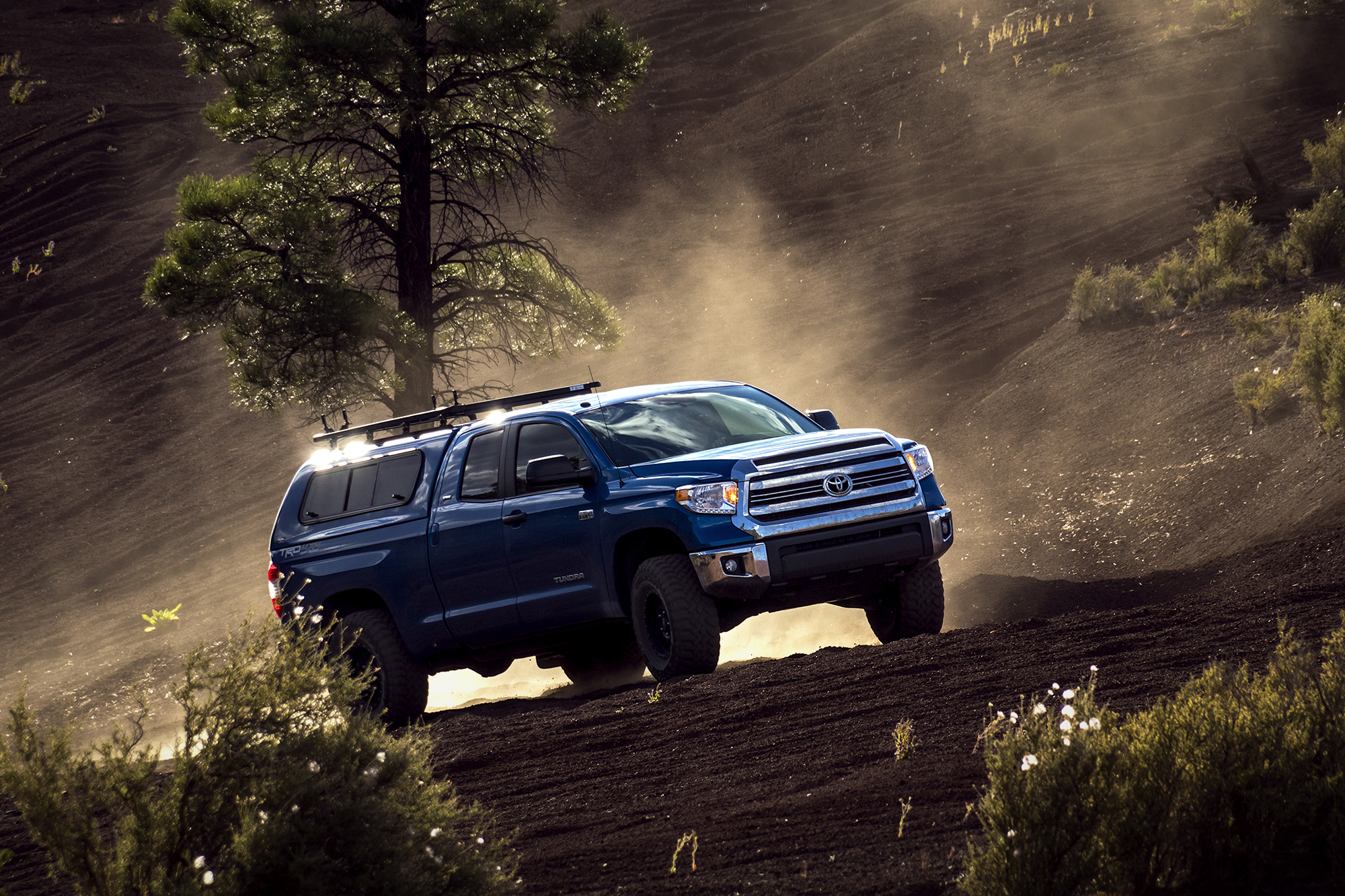Apparently there’s some big thing happening with the sun and the moon today, but despite the fact that thousands of people are positioning themselves along a very specific path across the country, I’m slightly more focused on getting to a certain address in Salt Lake City, Utah. My destination is Equipt Expedition Outfitters, and I’m going to spend a few hours learning all about the one of the most well-known and respected companies our industry. Many folks know Equipt Expedition Outfitters because they know Paul May. But I have a confession to make: I don’t know Paul very well. I’ve certainly had the chance to chat with the man over the years at Overland Expo, where I’ve appreciated his hospitality (the man knows how to make a proper drink), but I’m honestly feeling like I’m not the most qualified guy to be writing the profile on a company whose Founder and Owner is so well known.
Pulling into the parking lot, the first thing that you fixate on are the rigs. Just like that feeling you get pulling into a Rendezvous, Overland Expo or walking into SEMA for your very first time, you can’t help but feel just a little bit giddy parking next to these well-built, and more importantly well-traveled rigs. On this Monday, the Equipt crew is just getting back from “product training” (Read: A weekend adventure with friends and family trying out new gear and learning more about current gear.) so there’s plenty of that familiar Utah dust on the rigs in the parking lot.
Step through the front door and you’re greeted with a showroom full of awesome gear. Pictures of vehicles in epic locales cover the walls and unique decorations hold down the shelves – this is clearly the haunt of people who love to travel and explore. I’ve barely had a chance to walk through the showroom when Raquel Donati (Equipt’s VP of Sales & Marketing) ushers me back into the warehouse, nicknamed “Big Toy Room” because it is also the place where you can play with nearly every product that Equipt sells. But playing with things can wait – I’m here to learn more about the company, so Raquel and I sit down so she can bring me up to speed on everything Equipt.
Equipt Expedition Outfitters is the exclusive US Importer of Eezi-Awn, National Luna, Alu-Box, Escape Gear, and Kariba. They also sell a number of other choice brands like TrekPak, MaxTrax, and Four Wheel Campers. As Raquel puts it, “Equipt is a one-stop shop—you can find pretty much anything you need here, but regardless of how robust our product selections are, we are still highly selective about what partners we bring aboard, and which products we will carry. Our motto is Built Better, and that sentiment is the backbone of Equipt. We only offer the very best selection of gear, stuff that has proven to stand the test of time. There may be lighter options or something cheaper out there, but if you want gear that you can trust around the globe and back again, this is where you’ll find it.”
Equipt is the result of Paul May’s chance backcountry meeting with Eazi-Awn founder Jack Stuhler in the Utah desert circa 2004, where a common love for the outdoors and overlanding solidified an opportunity for Paul to become the exclusive Eezi-Awn importer in the states. Over the last 12 years, Paul has grown Equipt into the company that it is today. I find that I really appreciate Paul’s approach to doing things, which is also something Lola Barron the Fulfillment Specialist, points out to me: over the thousands of feet of space, there are tons of products setup so customers can come and put their hands on actual products before they buy them. Playing with the products on the company’s rigs is also something that the crew is happy to entertain, and as long as you’re okay with getting a little dusty, you can check out real gear to your heart’s content.
Kristin is Paul’s niece and Equipt’s Chief Everything Officer and she tells me that over the last eleven years of working at Equipt, she has come to recognize the value of a relationship-based sales approach. Customers come back to Equipt time and time again because they know that Equipt and the brands that Equipt sells stand behind their products and will go above and beyond to take care of their customers. Integrity is also a key piece of the business model here, and I can’t think of a better way to relate that then when Paul told me that Equipt doesn’t put product on sale. Equipt’s approach is to offer their best price to everyone, everyday.
Back in the shop, Paul is working with Craig to install a K9 Rack on Project Tundra. These two work together like old friends and it’s clear to me that Paul spends time wearing many different hats for the company. While the guys are putting holes in my truck, Raquel is showing me some gear from Eezi-Awn and talking about what it’s like day in and day out at Equipt. She explains it like this: “We have what big companies strive for. As a small company, we do this to support a lifestyle, not to make business our lifestyle.” As if I needed any more convincing that what Raquel is telling me is the truth and not canned-PR tripe, a bottle of champagne and some eclipse glasses suddenly materialize – because there is something pretty damn cool happening in the sky today.
The whole Equipt crew stops what they’re doing and meets out back behind the warehouse. The eclipse is nearing it’s greatest occlusion of the Sun, and so bottles are uncorked, and eclipse glasses are donned. It’s 11-something O’Clock on a Monday morning, and I’m watching a group of folks who are clearly happy to be together and happy in life take a minute to experience something that doesn’t happen every day. It’s clear to me that what Lola told me is true as well – the folks at Equipt have a great time working together. Craig is a retired electrician, but he’s here because he wants to work with Paul and the crew at Equipt.
Coming into my morning with Equipt, I have to say that I had expectations, because so many different folks over the years have told me what an outstanding guy Paul is. While I will say that Paul is everything I’ve been lead to believe, I can tell you that he has also built a great team and a company at Equipt Expedition Outfitters. Everyone who works at Equipt is exactly who you would want to spend time around a campfire with – and as it turns out campfire time is a big part of product training and testing. A company can tell you a thousand tales of why they are the best or how serious explorers rely on their gear in extreme conditions, but when every single person who works at the company enjoys their work as much as the crew at Equipt does, you’ve found a great company to do business with. Oh, and happening to sell really awesome gear helps too.
Learn more about Equipt Expedition Outfitters by visiting them at equipt1.com, or give them a call at +1 866-703-1026. The folks at Equipt are all great people who are more than happy to chat about whatever project you’re working on, and share their expertise on everything from gear you need for the trip of a lifetime or weekend getaway, to where to find outstanding BBQ in SLC.
